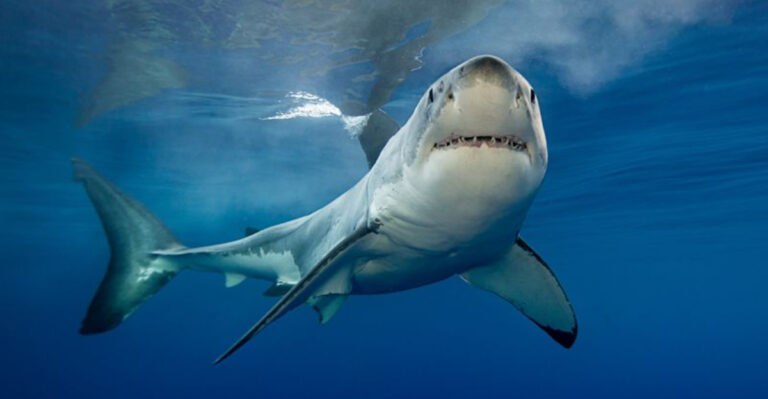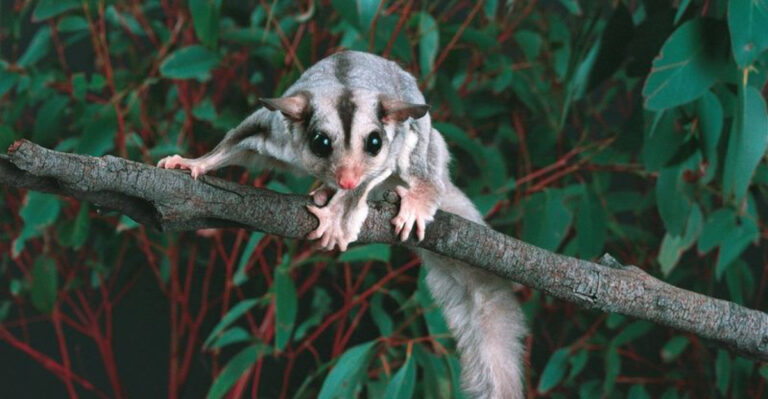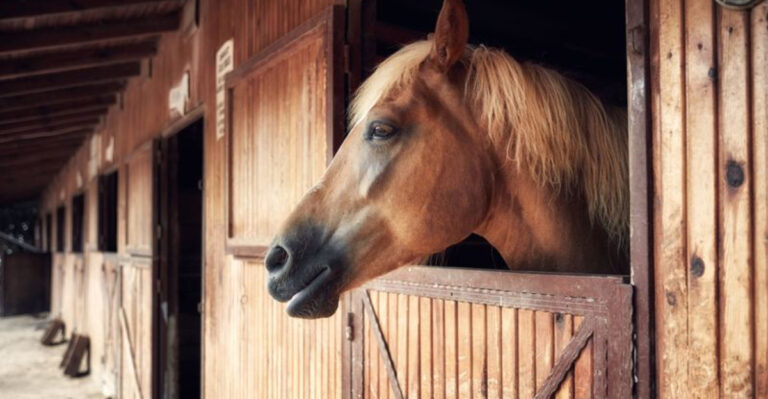13 Wildlife Species Making A Strong Comeback In 2025
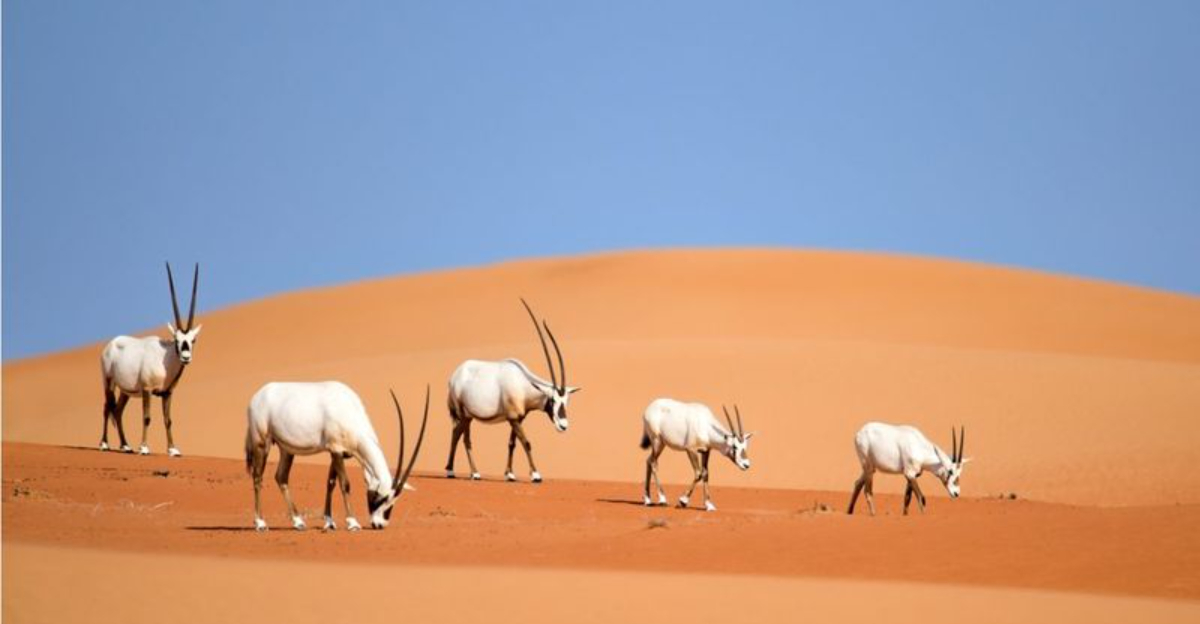
After decades of conservation efforts, 2025 is shaping up to be a landmark year for wildlife recovery around the globe.
Scientists and environmentalists are celebrating as several species once on the brink of extinction are now showing remarkable signs of population growth.
These success stories highlight what’s possible when communities, governments, and organizations work together to protect natural habitats and implement smart conservation strategies.
1. Giant Pandas Reach Record Numbers

Once the poster child for endangered species, giant pandas have multiplied beyond conservationists’ wildest dreams. Their population in the wild has surpassed 2,500 individuals, removing them from endangered status entirely.
Chinese bamboo forest protection initiatives have created continuous habitat corridors, allowing previously isolated panda populations to reconnect and breed. Local communities have become passionate protectors, with former poachers now employed as forest rangers.
The panda’s recovery represents one of conservation’s greatest triumphs – proving that with adequate resources and political will, even the most threatened species can bounce back.
2. California Condors Soar Again
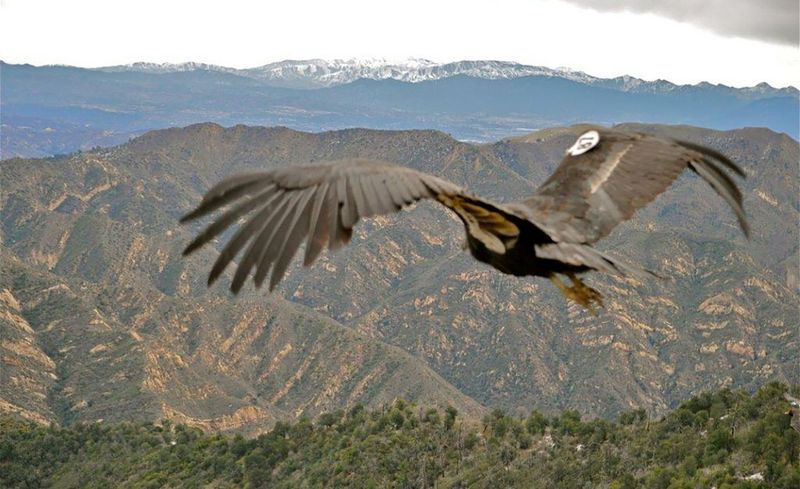
From just 27 birds in 1987 to over 800 flying free today, California condors represent an incredible resurrection story. These massive birds, with wingspans stretching nearly 10 feet, now patrol skies they haven’t dominated in nearly a century.
Breeding programs coupled with lead ammunition bans have dramatically improved their survival rates. Young condors released in Arizona, Utah, and Baja California are establishing new territories, expanding their range significantly.
GPS tracking collars show some birds traveling hundreds of miles in a single day, reclaiming ancestral territories and fulfilling their ecological role as nature’s cleanup crew.
3. Amur Leopards Double Their Numbers

The world’s rarest big cat is making a stunning comeback in the forests between Russia and China. Amur leopard populations have more than doubled, with current estimates suggesting over 120 adults now roam their native habitat.
Anti-poaching patrols using thermal drones have drastically reduced illegal hunting. Meanwhile, wildlife crossings built across highways have reconnected previously fragmented territories, allowing these solitary cats to find mates more easily.
Camera traps have captured unprecedented footage of mothers with multiple cubs – a sign that recovery is accelerating. Their distinctive spotted coats, perfectly adapted for camouflage in snowy forests, are becoming a more common sight for lucky researchers.
4. Arabian Oryx Thrives In Desert Sanctuaries

Declared extinct in the wild in 1972, the Arabian oryx has staged a remarkable return to the desert landscapes it once ruled. More than 1,200 of these majestic white antelopes now inhabit protected areas across the Arabian Peninsula.
Advanced water management systems have created sustainable oases in key habitats. Bedouin tribes, once hunters, have become the species’ fiercest advocates, serving as guides and guardians in newly established nature reserves.
The oryx’s distinctive straight horns – which likely inspired the unicorn legend – can once again be spotted against the golden dunes. Their ability to detect rainfall from great distances has helped populations expand naturally beyond release sites.
5. Blue Whales Return To Antarctic Waters
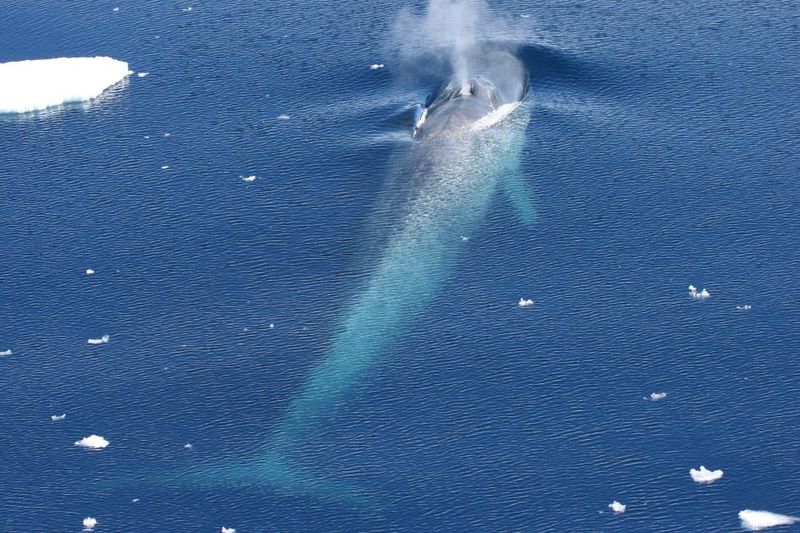
Earth’s largest creatures are making a triumphant return to their ancestral feeding grounds. Blue whale sightings in the Southern Ocean have increased by 30% since 2020, with acoustic monitoring detecting their distinctive calls across previously silent regions.
Krill populations have rebounded following commercial fishing restrictions in key areas. Mother-calf pairs are increasingly common, suggesting successful breeding is occurring at rates not seen since before commercial whaling.
Satellite tracking reveals these massive mammals are reestablishing migration routes disrupted for generations. A single blue whale can sequester 33 tons of carbon dioxide, making their recovery not just a conservation victory but a climate solution hiding in plain sight.
6. Iberian Lynx Leaps Back From The Brink
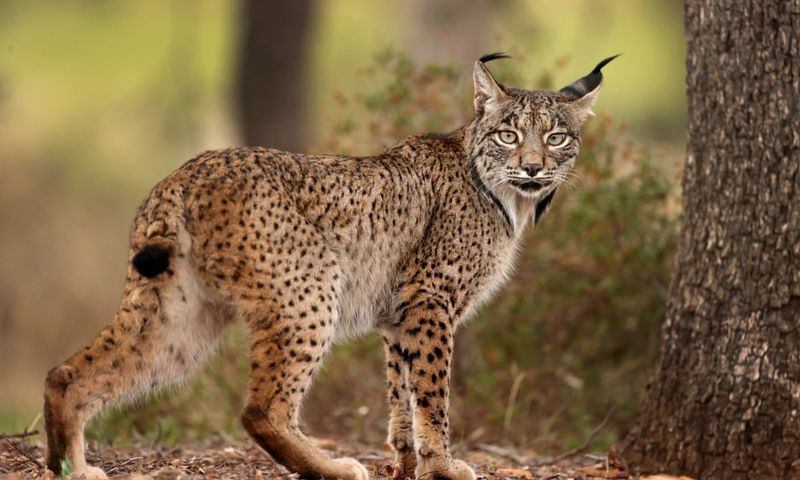
Spain’s elegant spotted cat has clawed its way back from the edge of extinction. Once down to fewer than 100 individuals, the Iberian lynx population now exceeds 1,000 cats across Spain and Portugal – the fastest recovery of any endangered feline.
Rabbit habitat restoration has rebuilt the lynx’s primary food source. Farmers receive incentives for lynx-friendly land management, creating wildlife corridors between fragmented populations.
Genetic diversity, once dangerously low, has improved through careful breeding programs. These medium-sized cats, with their distinctive beard-like facial ruffs and tufted ears, have become a source of regional pride, appearing on everything from local wine labels to school mascots.
7. Black-Footed Ferrets Reclaim The Prairie

North America’s masked bandits of the grasslands are bouncing back with remarkable resilience. Black-footed ferrets, once declared extinct, now number over 800 in the wild across multiple states and Canadian provinces.
Prairie dog colonies – their essential habitat and food source – have been protected and expanded. A groundbreaking vaccine program has helped ferrets develop immunity to sylvatic plague, which previously decimated populations.
Night vision monitoring shows these nocturnal hunters thriving in restored grassland ecosystems. Their recovery symbolizes a broader revival of America’s prairie landscapes, with ranchers increasingly recognized as key partners in conservation rather than opponents.
8. Indian Rhinos Reach Population Milestone

The greater one-horned rhinoceros has smashed conservation goals with its population now exceeding 4,500 individuals across India and Nepal. This represents a tripling of numbers since conservation efforts began in earnest.
Armed rangers using thermal imaging have reduced poaching to record lows. Habitat restoration along river floodplains has expanded suitable territory, allowing rhinos to disperse from overcrowded reserves.
Community-based tourism initiatives have transformed local economies, with villages now fiercely protecting “their” rhinos. The distinctive armor-plated appearance of these massive grazers draws wildlife enthusiasts from around the world, generating millions in conservation funding annually.
9. Tasmanian Devils Overcome Facial Tumor Disease

Australia’s feisty marsupial predators are winning their battle against the contagious cancer that nearly wiped them out. Tasmanian devil populations have stabilized and begun growing again, with disease-resistant individuals now dominant in many areas.
Genetic research has identified natural immunity factors that have been strengthened through targeted breeding programs. Devil-proof roadway fencing and wildlife crossings have dramatically reduced vehicle strikes – previously a major threat.
These carnivorous marsupials, famous for their bone-crushing jaws and ear-splitting screams, now occupy mainland sanctuary sites for the first time in 3,000 years. Their recovery represents a rare victory against wildlife disease and offers hope for other species facing similar challenges.
10. Mountain Gorillas Reach Four-Digit Numbers

For the first time since counting began, mountain gorilla populations have surpassed 1,000 individuals in their native cloud forests. These gentle giants now occupy more territory across Rwanda, Uganda, and Democratic Republic of Congo than at any point in the past century.
Community-led anti-poaching teams have virtually eliminated snaring in core habitats. Former poachers, now employed as trackers and guides, bring unmatched knowledge of gorilla behavior to conservation efforts.
Carefully managed ecotourism provides sustainable funding while minimizing disease transmission risks. New infants are regularly documented in previously struggling family groups, with silverback males successfully defending expanded territories against human encroachment.
11. Sea Otters Expand Their Coastal Range
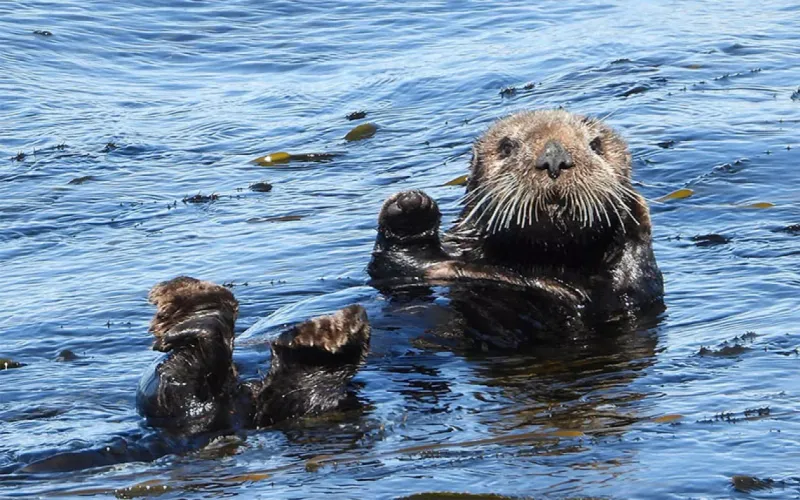
These charismatic marine mammals are reclaiming their historic territory along the Pacific coast. Sea otter populations have grown steadily, with new colonies establishing in areas where they’ve been absent for over a century.
Kelp forest restoration projects have improved habitat quality throughout their range. Legal protections for otter territories have reduced conflicts with fishing operations while maintaining sustainable harvests.
Their remarkable comeback has triggered a cascade of positive ecosystem changes – healthy kelp forests sequester carbon, buffer coastlines from storm damage, and support diverse marine life. Researchers have documented individual otters using rocks as tools to crack open shellfish, passing this learned behavior to their pups.
12. Red Wolves Howl Across Eastern Forests Again

America’s most endangered canid is finding new footing in its native range. Red wolf populations, once reduced to just 14 individuals, now number over 200 across protected areas in the southeastern United States.
Advanced GPS collars allow for precise monitoring while minimizing human contact. Private landowners receive incentives for maintaining wolf-friendly habitats, creating crucial buffer zones around core territories.
Genetic testing confirms these wolves are maintaining their distinct identity despite coyote presence. Their haunting howls, once silenced across most of their range, again echo through southern forests – a sound that represents not just the species’ recovery but the restoration of a complete ecosystem.
13. Bald Eagles Soar To Record Numbers
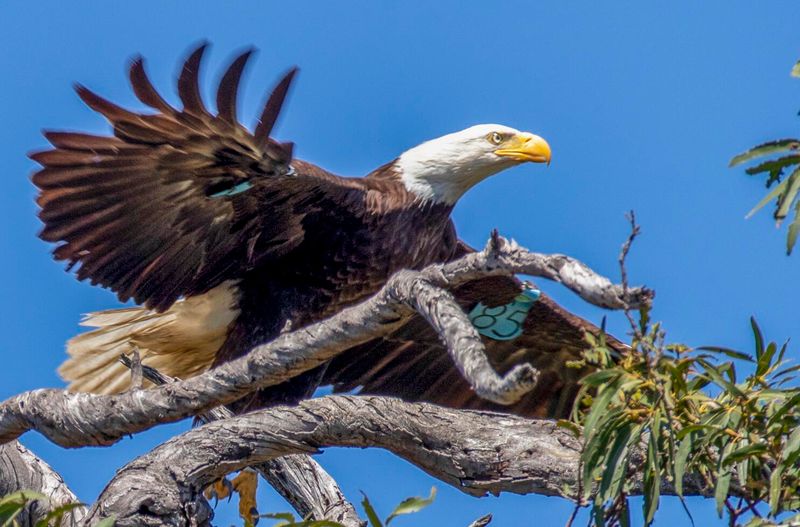
America’s national symbol continues its remarkable recovery trajectory with populations now exceeding 70,000 birds nationwide. Bald eagles occupy territories in all 49 continental states, including urban areas once considered unsuitable habitat.
Clean water regulations have restored fish populations in previously polluted waterways. Eagle-friendly forestry practices maintain nesting sites while allowing sustainable timber harvesting.
Citizen science projects track nesting success through volunteer monitoring networks. These majestic birds, with their distinctive white heads and yellow beaks, have become so common in some areas that younger generations can’t imagine a time when spotting one was a rare event – perhaps the ultimate measure of conservation success.

